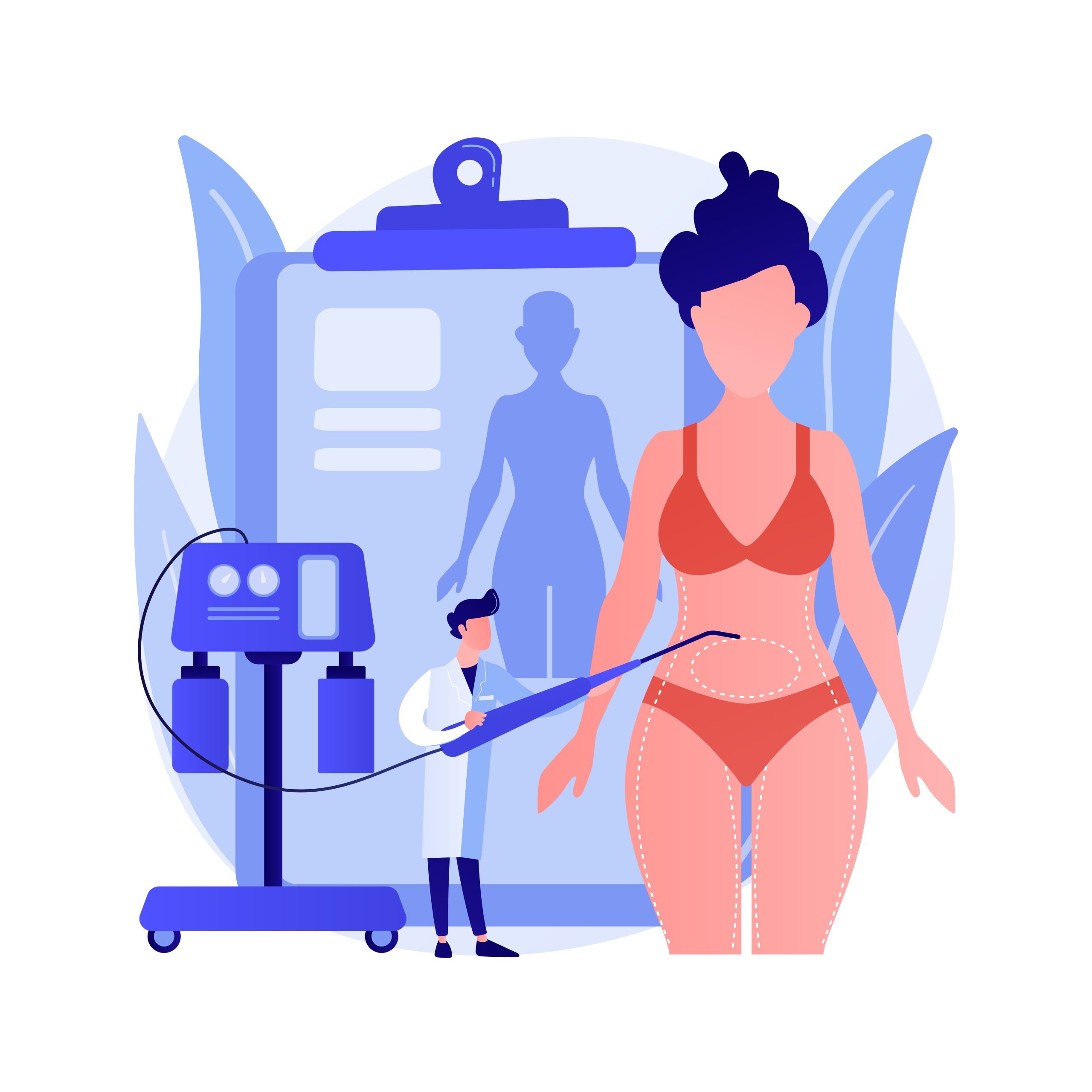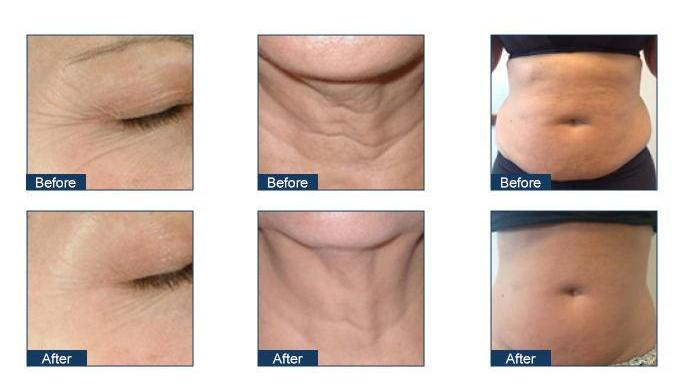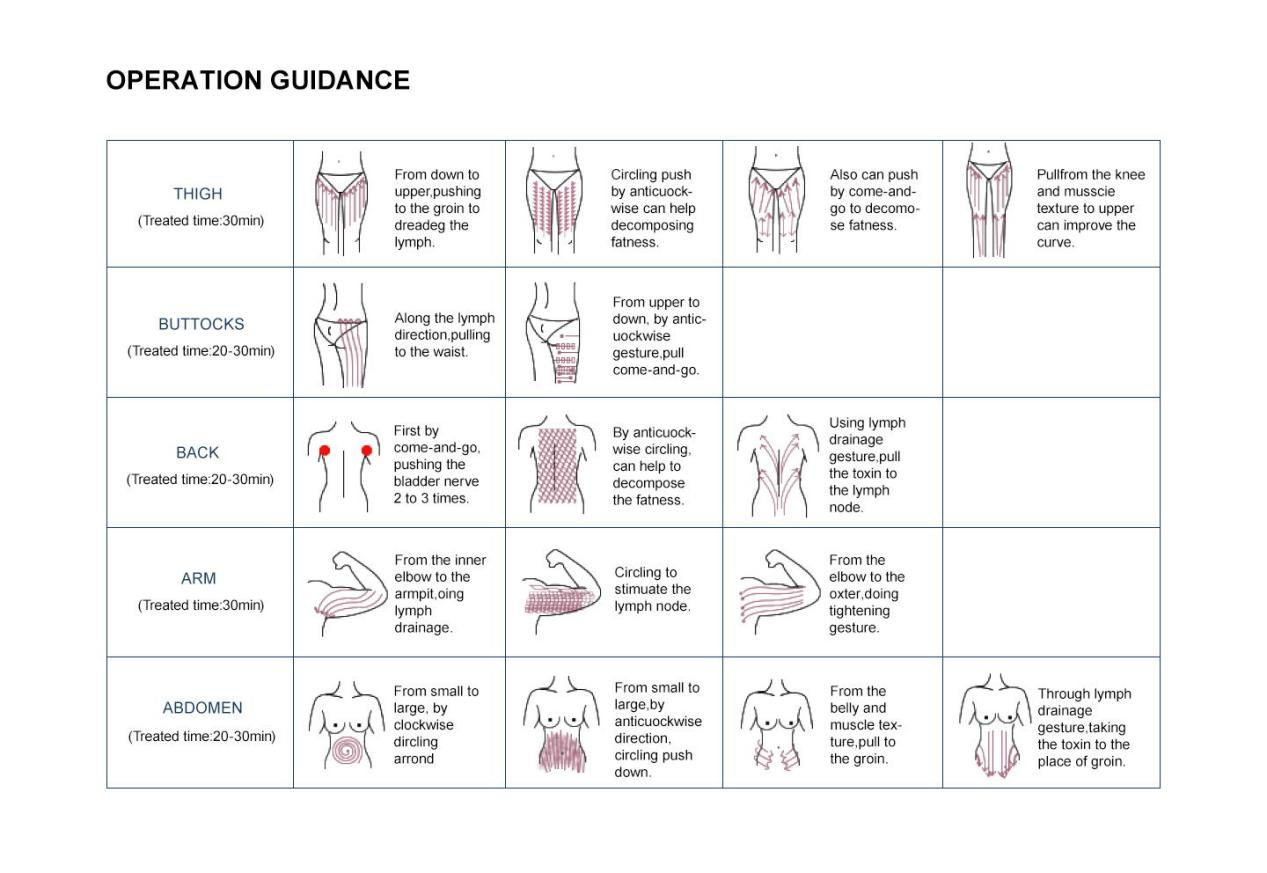On the path of pursuing an ideal body shape, ultrasound fat cavitation technology has provided many people with a new option for non-surgical weight loss. This method of using specific frequency ultrasound to target the breakdown of adipocytes, with its non-invasive and fast recovery characteristics, is gradually becoming a popular choice in the field of plastic surgery. However, like any medical technology, while it brings convenience, there are also safety issues that need to be considered.
Clinical observations have shown that some patients receiving treatment may experience temporary redness, slight bruising, or skin sensitivity, which usually resolve on their own in the short term. It is worth noting that if the operating parameters are set improperly or the equipment does not meet the standards, it may affect the final effect and even bring unnecessary risks. Therefore, experts suggest that beauty enthusiasts should prioritize selecting qualified and legitimate medical institutions when choosing this technology, and have professional physicians conduct personalized evaluations. With the continuous deepening of related research, the safety standards of ultrasound fat cavitation technology are also constantly improving. Fully understanding the potential risks is the first step in scientific shaping.

The Science Behind Ultrasound Fat Cavitation: How It Works
Ultrasound Fat Cavitation uses low-frequency high-intensity focused ultrasound (usually 40-70kHz) to target the subcutaneous fat layer and physically decompose fat cells through * cavitation effect. When sound wave energy is transmitted to adipose tissue, millions of microbubbles are generated in liquid fat. The bubbles expand violently and collapse instantly during the sound pressure cycle, forming local high-pressure shock waves that cause structural rupture of adipocyte membranes, releasing triglycerides (TG) and free fatty acids (FFA). These decomposition products are then naturally excreted through the lymphatic system and liver metabolism. This technology selectively acts on adipocytes (due to their low fat density, low impedance, and easier absorption of sound energy), while surrounding tissues such as blood vessels and nerves are not affected, thus achieving non-invasive weight loss.
In-depth of the Unique Advantages Ultrasound Fat Cavitation Technology
Ultrasonic cavitation machines use sound waves/frequency to break down the fat cell walls, which causes the fat cells to “leak” their contents into the fluid spaces of your body From there, your lymphatic system absorbs this waste (loose fat) and It begins to circulate through your body until it can be processed by the liver and passed out through sweat, urine, and stool.
Slimming
Remove cellulite, shrink waistline, shape perfect body curve.
Anti wrinkle
Remove crow’s feet and improve the skin around the eyes.
Lift and tighten
Tighten the skin and enhance skin elasticity.
Relaxing massage
Accelerate metabolism, promote blood circulation and lymphatic drainage.

Some Potential Risks of Ultrasound Fat Cavitation Treatment
The effect is limited and varies from person to person
Ultrasonic fat cavitation mainly targets local fat accumulation (such as the abdomen, thighs, etc.), but its overall weight loss effect is not significant. Its effect is greatly influenced by individual physical constitution, fat thickness, and metabolic capacity, and some populations may have slow or insignificant effects.
Requires multiple treatments and short maintenance time
A single treatment usually cannot achieve the desired effect, usually requiring 4-6 courses with an interval of 1-2 weeks. Even if fat cells are damaged, if diet and exercise management are not appropriate in the future, residual fat cells may still swell, leading to a rebound in effectiveness.
Potential side effects and discomfort.
The treatment site may experience temporary redness, swelling, bruising, numbness, or mild pain. A few cases reported skin sensitivity, slight burning sensation, or temporary unevenness. Improper operation (such as excessive energy or inaccurate focusing) may cause deep tissue damage or fat necrosis.
Detailed Explanation of the Standardized Operation Process of Ultrasound Fat Cavitation
Preoperative Assessment
- Customer Consultation: Understand medical history (such as liver disease, pregnancy, contraindications for implants, etc.)
- Target area measurement: Record initial data through sebaceous forceps, tape measure, or 3D body circumference scan
- Skin examination: Evaluate the skin condition of the treatment area, such as laxity and sensitivity.
Preoperative preparation
- Clean the skin: remove oil and makeup residue
- Apply coupling gel: ensure that the ultrasonic probe (handle) is in seamless contact with the skin to reduce energy loss.
Treatment Procedure
- Parameter Setting: Adjust the frequency (usually 40-70kHz) and energy intensity based on fat thickness
- Probe operation: Cover the target area (such as abdomen and thighs) in a circular or linear sliding manner for about 15-30 minutes per part
- Cavitation effect triggering: Ultrasonic waves penetrate the subcutaneous fat layer (1-4cm), causing rupture of the fat cell membrane and release of triglycerides.
Post Therapy Care
- Lymphatic drainage massage: accelerates metabolism of free fatty acids (manual or radiofrequency assisted recommended)
- Water supplementation: Drink at least 2L of water daily to promote the excretion of decomposition products from the kidneys
- Exercise suggestion: Mild aerobic exercise (such as brisk walking) within 24 hours can enhance the effect.
Treatment Plan
- Single treatment effect: One treatment can reduce the circumference by 1-3cm (varies from person to person)
- Standard treatment course: 6-8 times, with an interval of 5-7 days (fat metabolism cycle of about 72 hours).

Comparison between Ultrasound Fat Cavitation and Cryolipolysis Technology
Differences in mechanism of action
Ultrasonic fat cavitation uses 40-70kHz low-frequency ultrasound to generate cavitation effect, which directly destroys the membrane structure of adipocytes through mechanical force, promoting the rapid release of triglycerides and their metabolism through the lymphatic system. The treatment process is accompanied by a significant warmth sensation. Cryolipolysis utilizes precise low-temperature technology ranging from -10 ° C to 4 ° C to induce programmed apoptosis of adipocytes through physical freezing. Apoptotic cells are gradually engulfed and cleared by macrophages over a period of 2-6 months, and significant low-temperature adsorption sensation is generated during treatment.
Characteristics of treatment course settings
Ultrasound cavitation requires 6-8 courses of treatment, once a week, and each treatment can immediately reduce the circumference by 1-3cm, making it suitable for those who pursue rapid shaping effects. Cryolipolysis adopts a single treatment mode, but it takes more than 3 months for complete effectiveness, which is suitable for beauty seekers who can accept delayed effects and hope to reduce the number of treatments. It is worth noting that both techniques have limited effectiveness on obese individuals with BMI ≥ 30.
Applicable parts and experience
Ultrasonic cavitation is more suitable for large areas of fat accumulation such as the waist, abdomen, and thighs. During treatment, coupling agents and probe movements need to be coordinated, similar to the operation of cosmetic instruments. Cryolipolysis has a significant effect on small areas of stubborn fat such as the double chin and arms. During treatment, a specialized suction head should be used to fix the affected area, which may cause temporary pain and numbness.
Postoperative reactions and contraindications
Short term redness and swelling may occur after ultrasonic cavitation surgery, and it is necessary to strengthen drinking water and lymphatic massage to promote metabolism. The contraindicated population includes patients with liver and kidney diseases. Cryolipolysis may cause temporary numbness and bruising at the treatment site, and delayed redness and swelling may occur within 2 weeks. Absolute contraindications include cryoglobulinemia and Reynaud’s syndrome. Both techniques are not suitable for those with severe skin laxity and need to be combined with a tightening treatment to achieve the desired effect.
Summary: Ultrasonic fat cavitation technology provides a non-invasive fat reduction solution, but it requires professional operation and attention to individual differences and potential risks.





